2024 Nissan Qashqai Review: The Best Car For Non-Car People
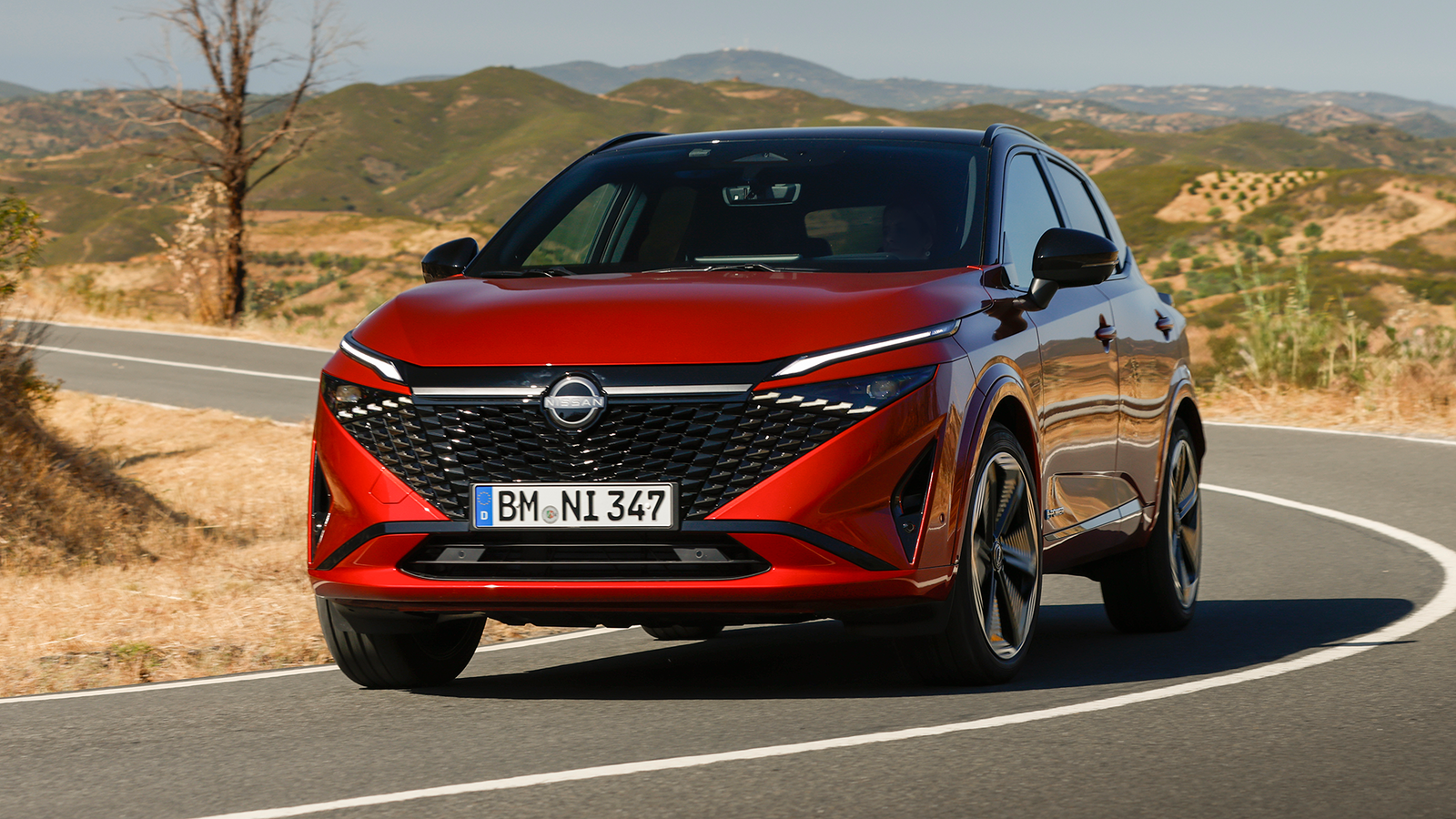
Pros
- Looks better than beforeNew Google-based software is a leap ahead
Cons
- Mind-numbingly dull to driveePower efficiency gains are not as great as you’d hope
Us petrolheads are in the minority. We live for the sensation of driving, the sound of internal combustion as you hammer through the revs, that connection as you take on a corner full pelt. We resent the rise of big, heavy cars that find more ways to make driving less involved and less engaging.
It’s something that can be hard to understand, but the vast majority of people simply do not care about cars. For most people, it seems sitting high up in something that takes any chore out of having to go from A to B with enough space to get the kids in without them kicking the back seats is frankly enough.
Which is why crossovers are so prevalent these days. No matter your opinion of them, it’s impossible to argue with the fact that people who simply do not care about cars absolutely love them.
Though the Nissan Qashqai wasn’t the first in the segment, here in the UK, at least, it’s certainly regarded as the car that started the craze. Across three generations in 18 years, it’s consistently been one of the country’s top-selling cars, with the existing car seventh spot overall last month despite the announcement of a new, facelifted version. That car is now here, and we’ve been behind the wheel.
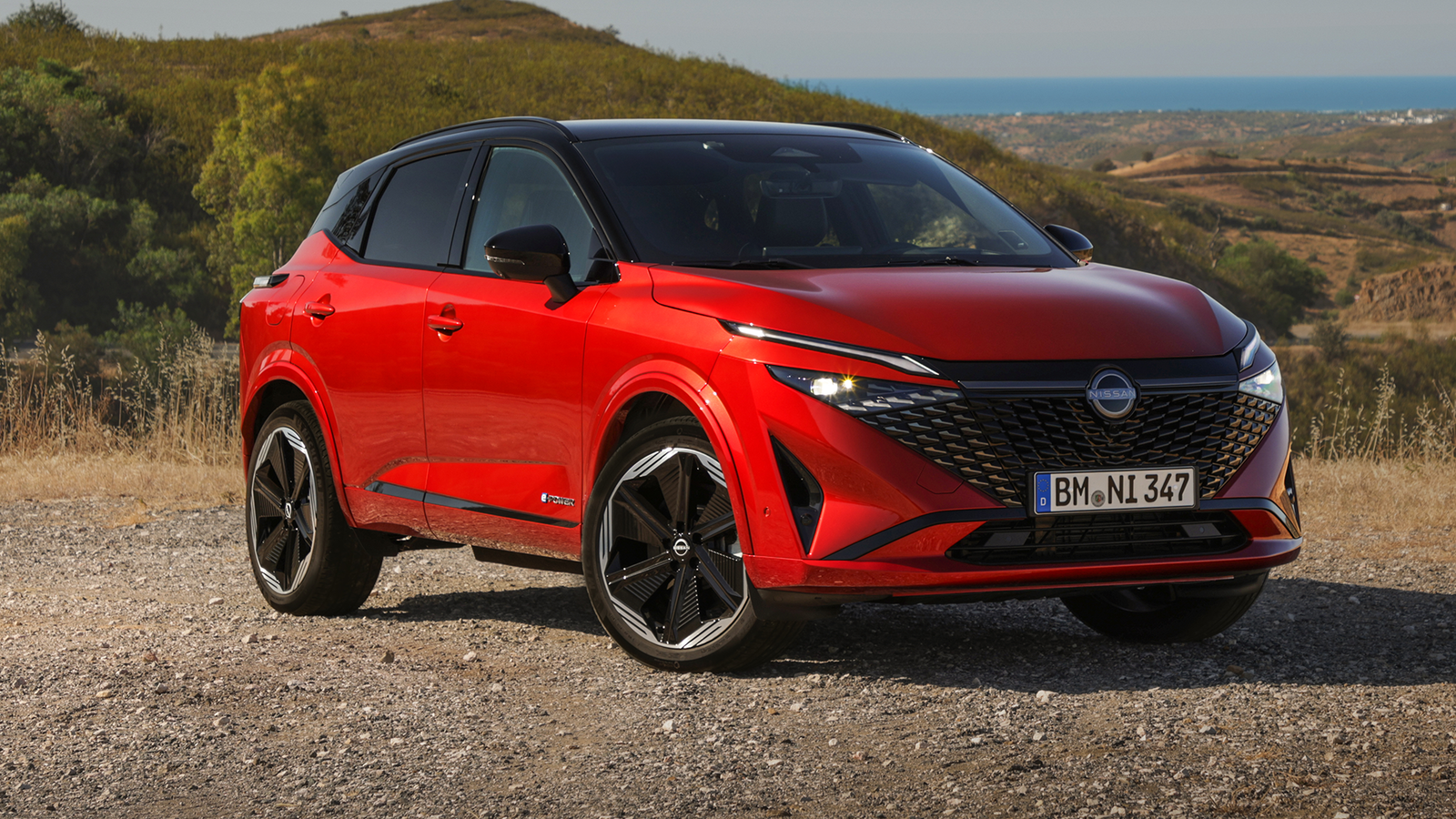
Had Nissan simply done nothing but slap the word ‘New’ onto its marketing, presumably it would have continued to sell like the proverbial hotcakes but there have been some fairly notable changes to the crossover.
The biggest changes are obvious, too. There’s a completely new face for the Qashqai, replacing its stylised boomerang headlights and trapezoidal grille with Juke-like thin daytime running lights and separate headlamps sitting on either side of a scaly grille.
Changes at the rear aren’t quite so substantial. The taillight shape remains the same, although the LEDs within them are different. They apparently also emit a new shade of red, which Nissan calls “super red”. No, seriously, we heard this verbatim in the press conference. We’d be lying if we noticed much difference in reality.
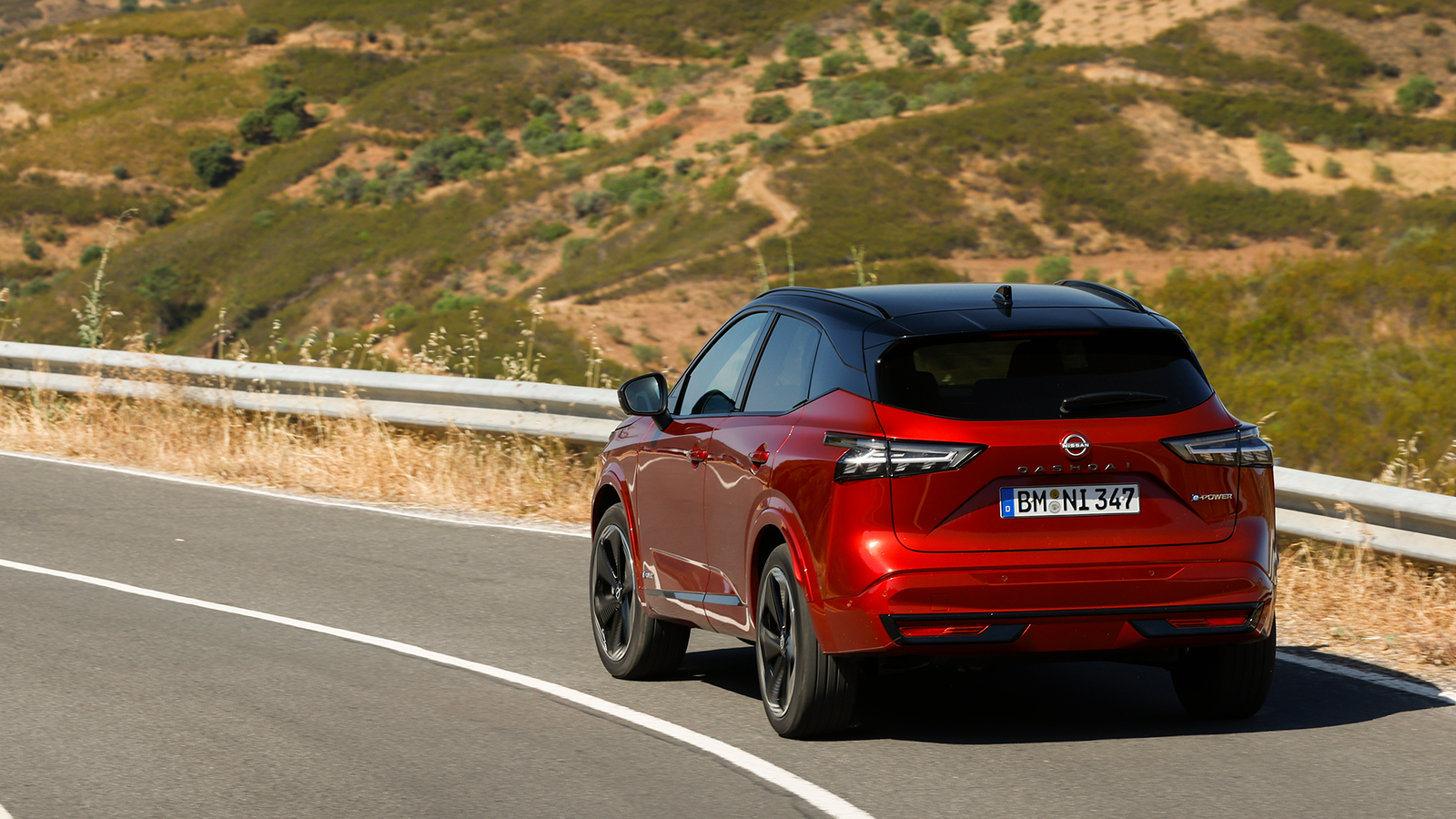
Other visual bits include some new alloy wheel designs across the range including 18-inch diamond cut items for mid-range cars which will be the ones you see at every supermarket from Caithness to Cornwall, plus the addition of scrolling indicators. Overall though, it’s a neat revision and in the flesh is certainly better-looking than the one it replaces
By comparison, the interior is practically unchanged. You do get some more Alcantara-clad surfaces on higher-spec cars but the hardware remains the same. That’s to say nicely put together, decent-feeling in quality but generally quite bland to look and sit in. Mind you, we’ll give bonus points for the continued existence of physical climate controls.
The biggest changes inside the Qashqai are all software-related. The updated central infotainment screen is now a Google-based system, meaning native integrations of Maps, Assistant and the ability to download apps through the Play Store. It’s an effective and very welcome change, but one that won’t feel alien for existing Qashqai owners thanks to Nissan’s own skin on top of it.
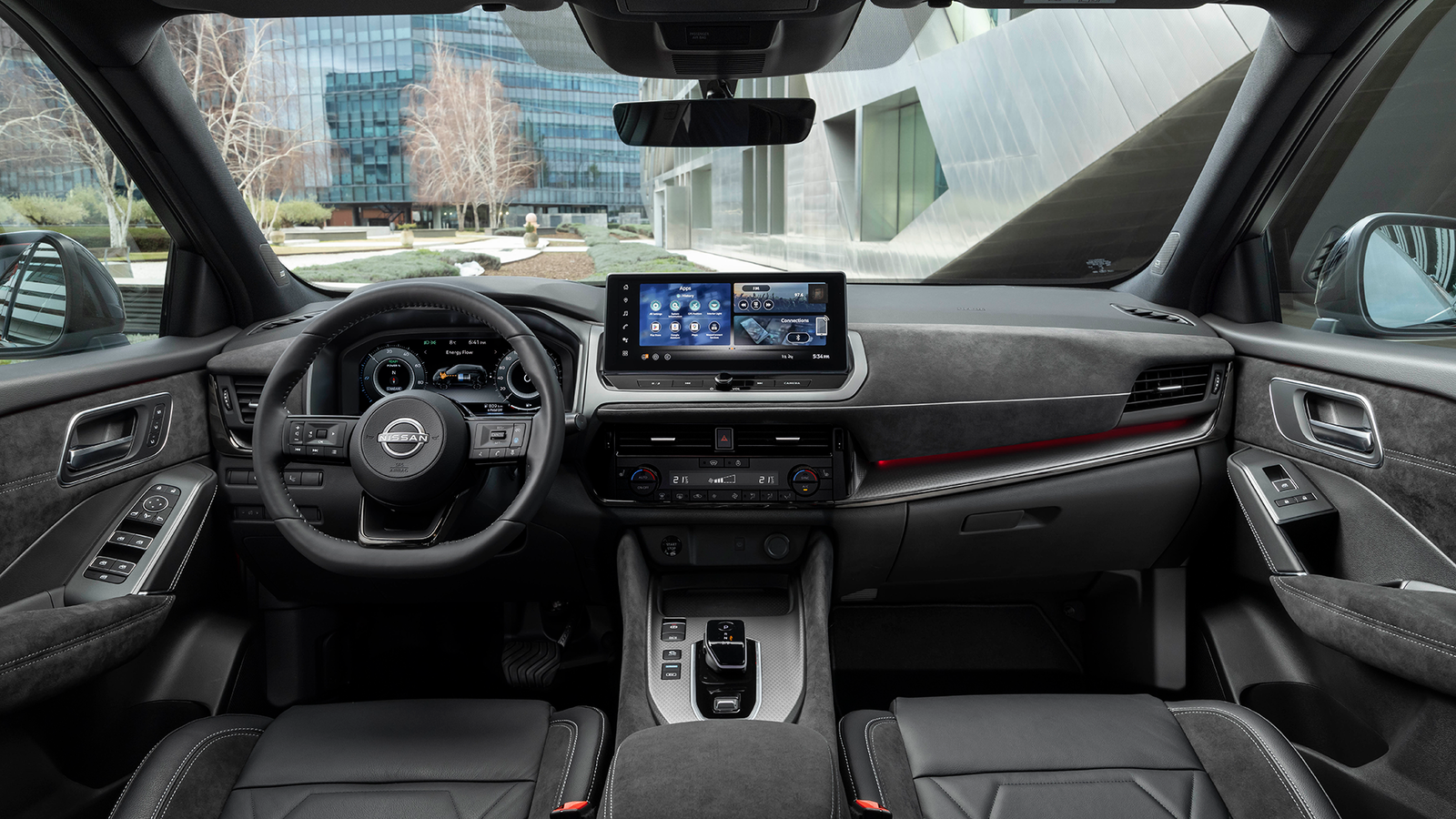
There’s also a new 3D surround-view camera, already seen on higher-end brands like BMW or JLR stuff for a while now, but the tech trickling down to this end of the market is a good thing. Oh, and like Land Rovers, there’s now the ability to ‘see through’ the bonnet with the car mapping an image of the ground below. We’re not sure how useful this will be considering there are no off-road capabilities, but it’s a nice inclusion.
For all those changes though, the facelifted Nissan Qashqai remains mechanically identical to the car it’s replacing, and that means it feels exactly the same to drive as before.
Around town, it’s nicely manoeuvrable and that high-riding driving position makes it easy to see everything around you, while it’ll ride reasonably well over lumps and bumps provided you’re on anything but the 20-inch wheel.
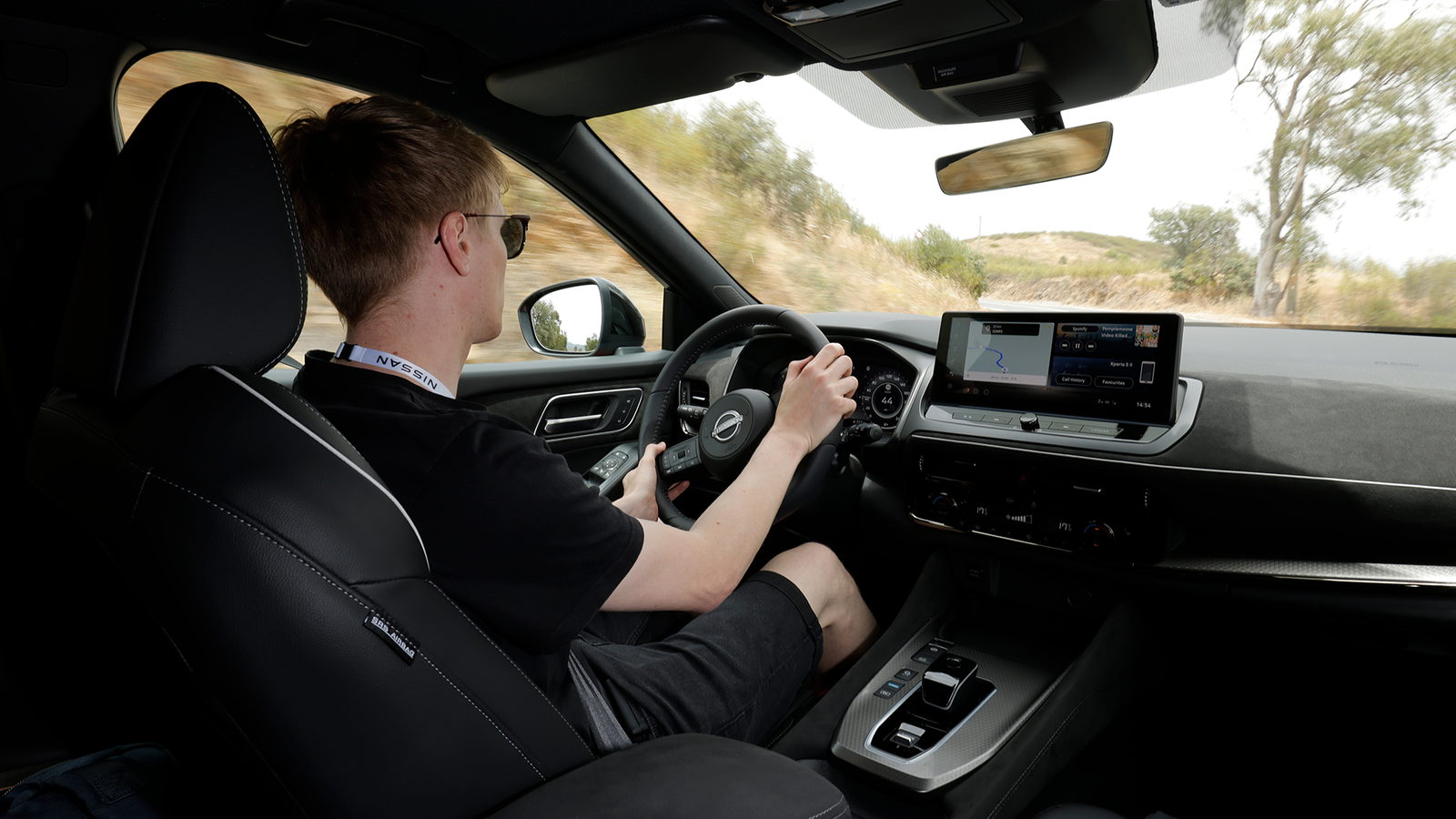
We’ve driven the ePower version, which sees drive delivered to the front wheels through an electric motor that draws power from a 2.1kWh battery that’s replenished by a 1.5-litre naturally-aspirated four-cylinder engine. It’s good for 188bhp, 243lb ft of torque and a 0-62mph time of 7.9 seconds. Our testing returned 45mpg, which isn’t bad but not all that impressive nor dramatically better than the cheaper, ICE-only versions of the car which you can easily get low 40s in.
It’s brisk enough, and plenty to merge on the motorway with or dart out of junctions, but far from an enthralling level of pace. You notice a drone from the engine as it sits at constant revs feeding juice to the battery pack, but that’s easily masked by turning the sound system up a touch. Wind and road noise are perfectly liveable, as well.
You can take the Nissan Qashqai on a back road in a literal sense, but there’s no pleasure in doing so. It’s numb, not all that engaging and there’s no character from it. Not that it matters to anyone buying it, but it’s painfully dull to drive.
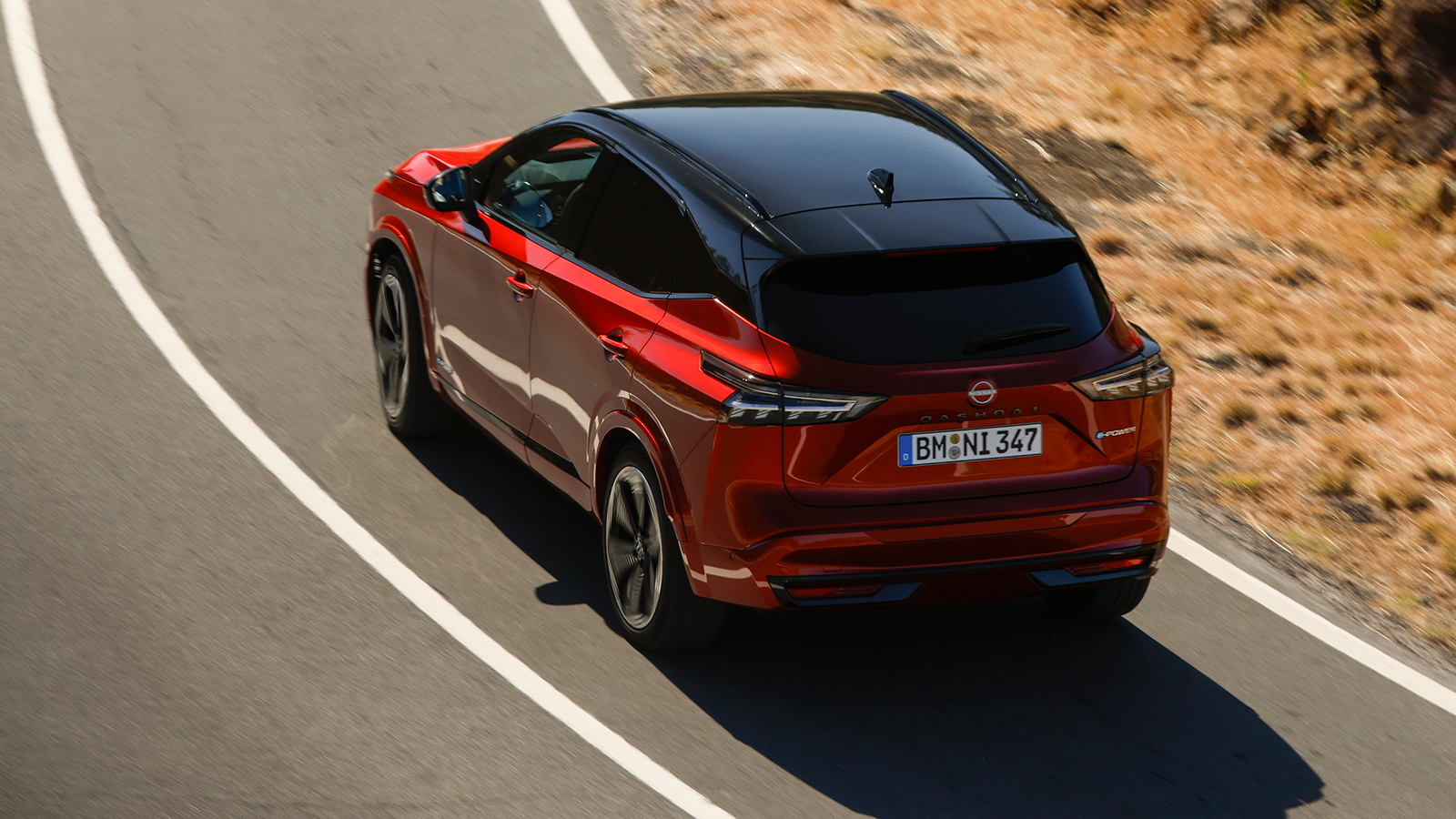
Which makes it the perfect car for people who simply do not care about cars. It’ll get you from A to B with zero fuss and the new software changes make that a little easier than before, plus those new visual changes should impress any equally as uninterested neighbours who will inevitably buy a Qashqai of their own a month later. It’s a pleasant enough thing to live with, and that’s all you can really ask for.
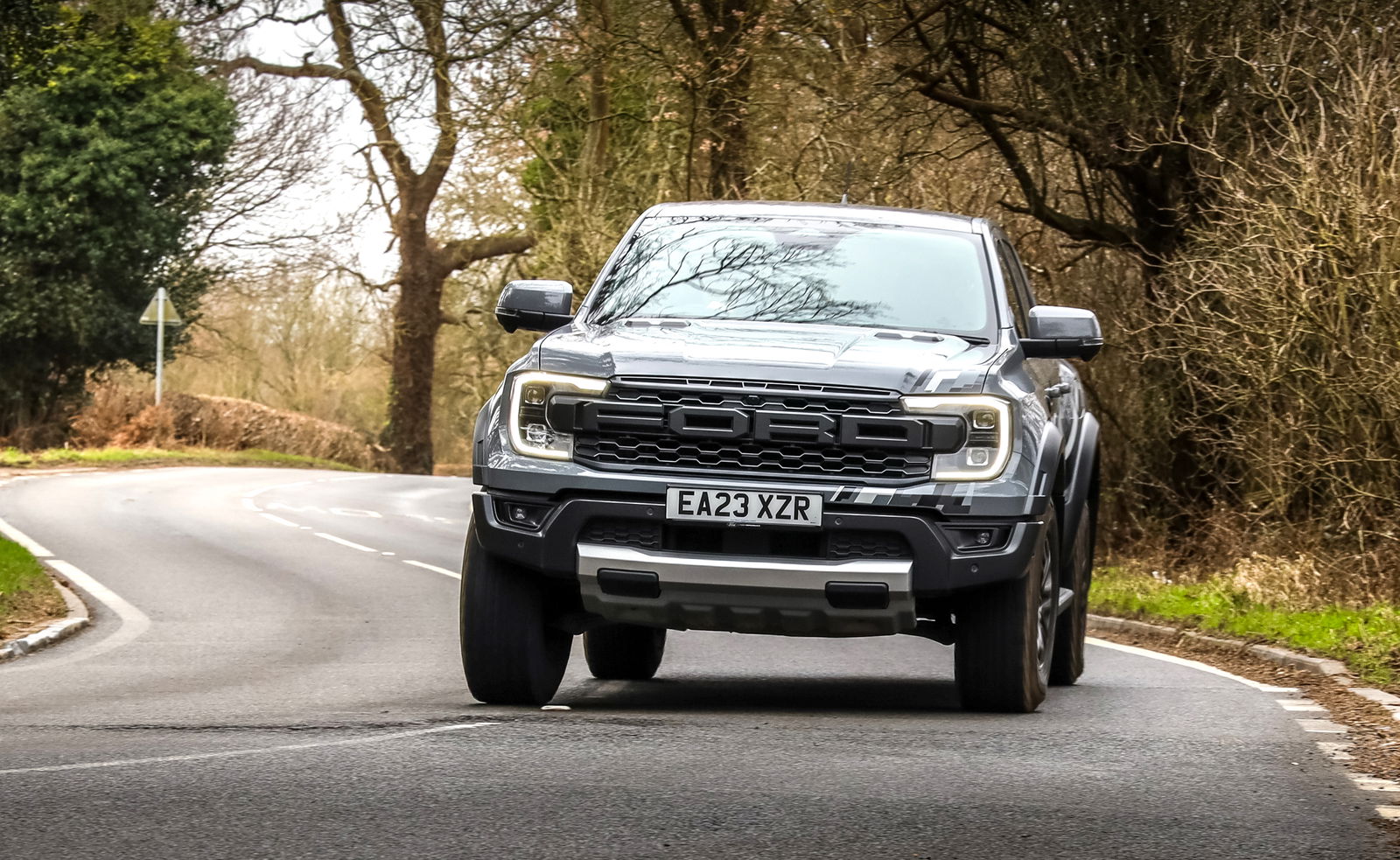
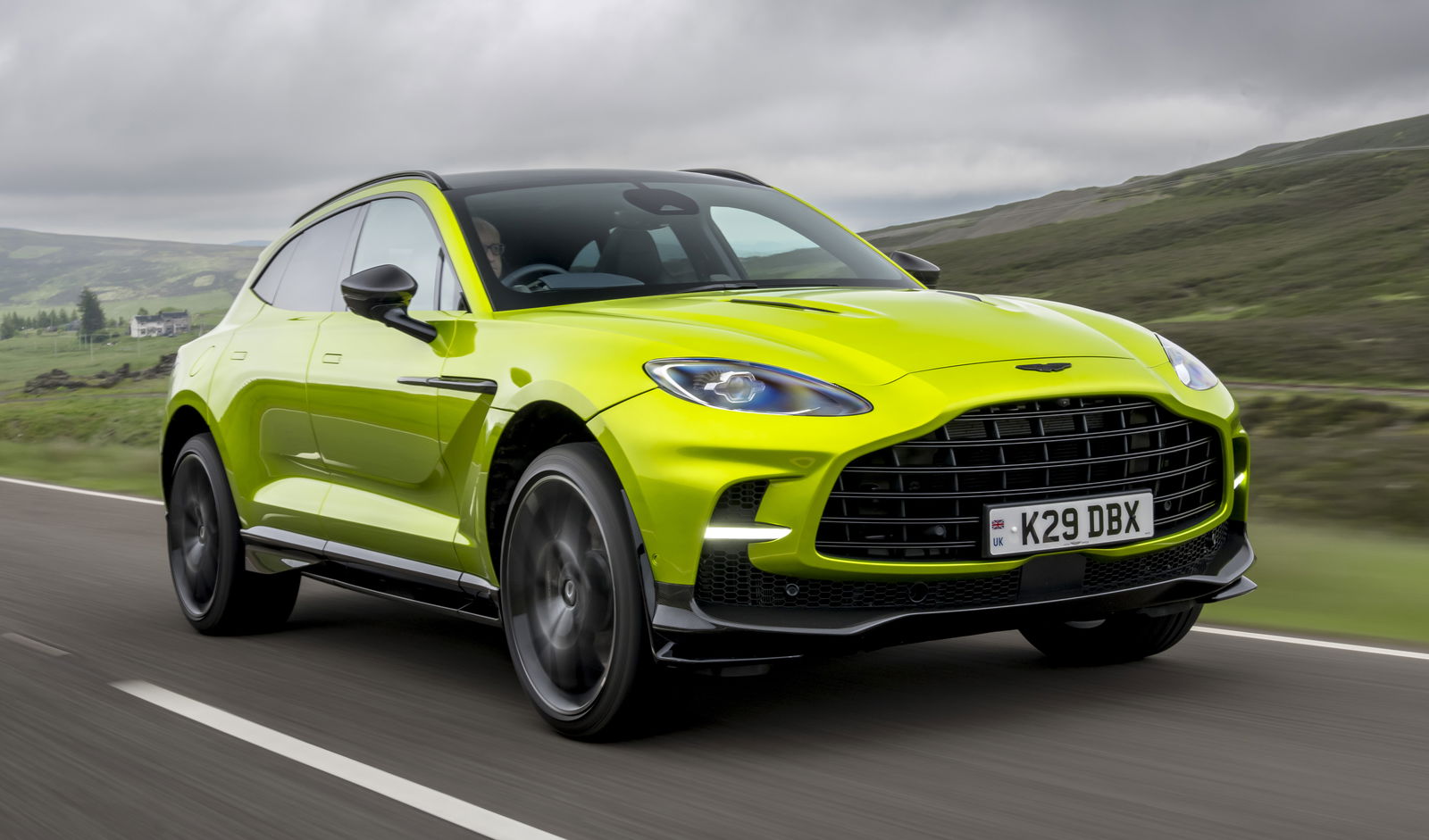

Comments